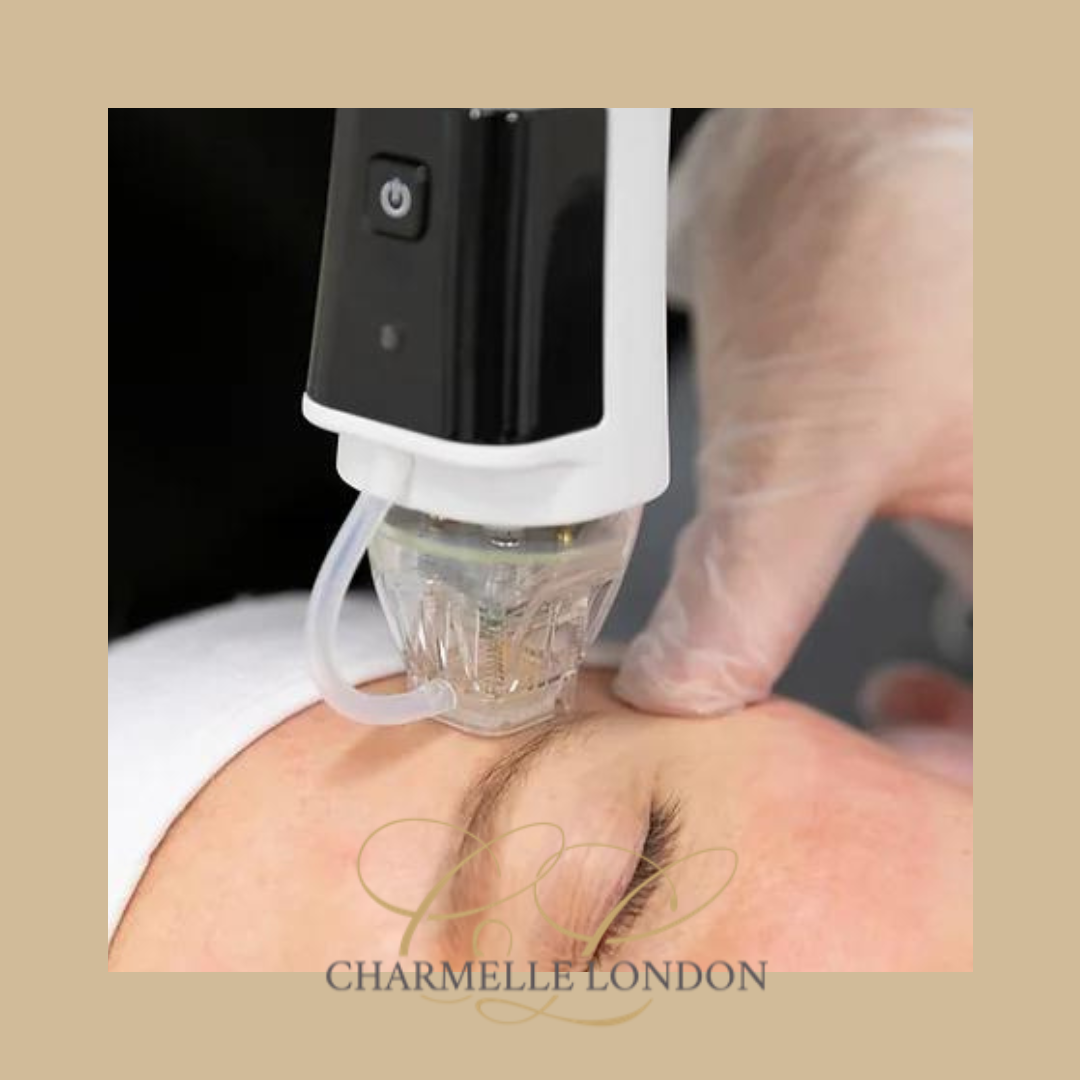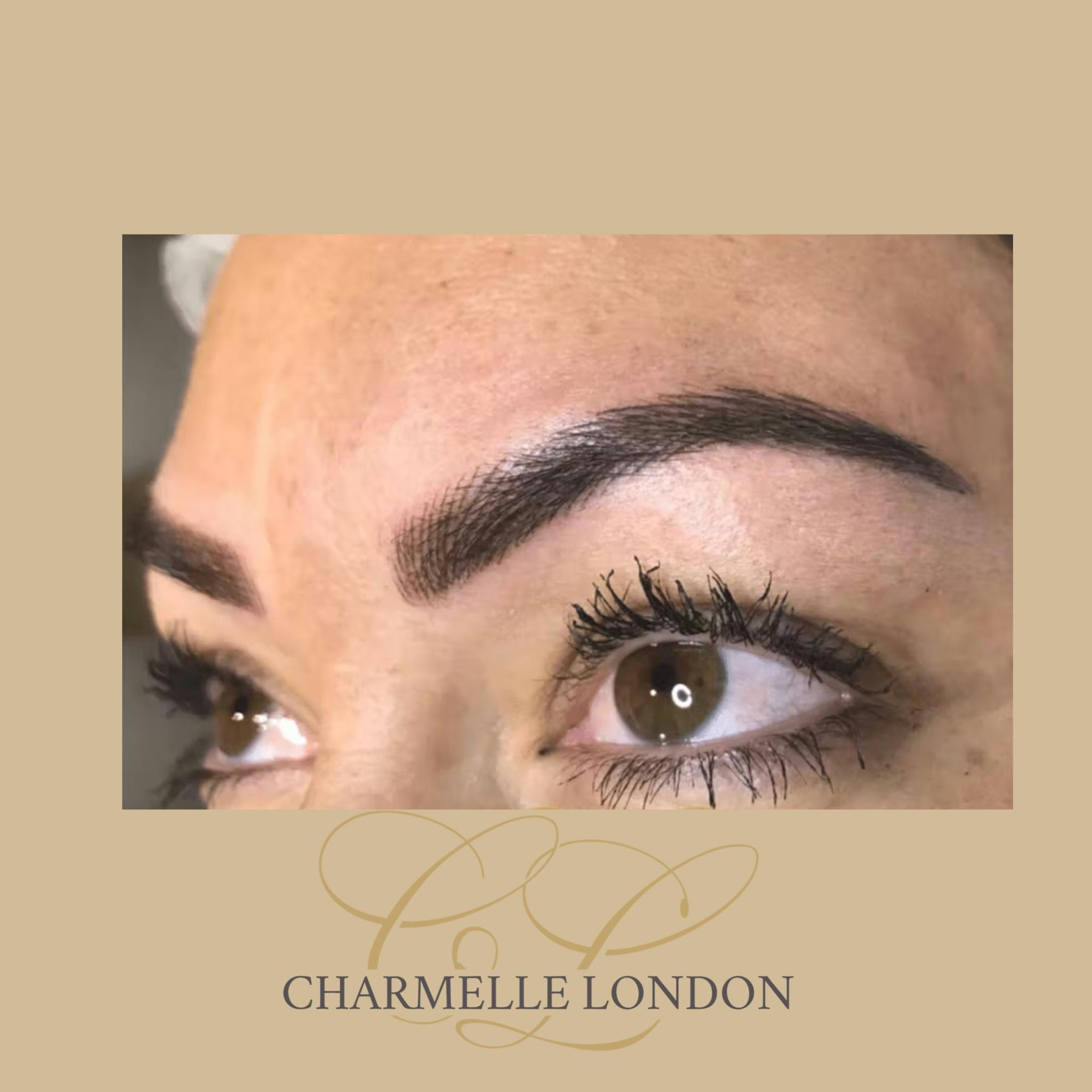Laughter Lines
Although laughter is the best medicine, the lines it causes around your eyes and mouth can add years to your appearance.
As the name suggests, laughter lines appear on the parts of the face which naturally crease when we laugh and smile; usually around the eyes and the mouth. The main cause of laughter lines is a natural decrease in collagen and elastin in the skin. These proteins are responsible for our skin’s firmness and elasticity, but production drops as we age.
Laughter lines are primarily caused by the repetition of facial movements, smiling and laughing, but also including frowning and any other facial expressions.
While they can be seen as a sign of joy, they can also be seen as a sign of age, especially when the lines and creases start to become more severe and visible even when the face is at rest.
There are some issues that can make laughter lines more pronounced
For some people they are a genetic characteristic, inherited from parents They can appear as we lose elasticity in the skin – this is a process that can be accelerated by smoking and/or sun exposure, both of which cause the skin’s appearance to deteriorate Laughter lines can also be more prominent when people lose fat, so an undesirable consequence of successful weight loss (diet and/or exercise)
There is no set age for laughter lines to appear – some will experience them quite early, but where they are age or lifestyle related rather than genetic, the first tiny lines and crease may appear in the 20s. Others may experience them in their 30s, but by the 40s, most clients will have some noticeable eye and mouth lines due to loss of collagen fibre and elastin in the skin, which deplete as we grow older.
Frequently Asked Questions
The best way to postpone the appearance of laughter lines is to use an SPF to protect your skin from harmful UV rays, avoid smoking, drink plenty of water and follow a good skincare routine, particularly one with a deep-acting moisturiser containing anti-ageing ingredients such as peptides and vitamin A.
Most people begin to see the first signs of ageing skin in their 30s, but this can vary due to lifestyle and genetic factors. Deeper-set wrinkles like laughter lines and crow’s feet usually appear when we get into our 40s. Smoking and sun exposure speed the skin-ageing process up, so if you want to keep your skin looking younger for longer, avoid these.
Yes. Some people develop laughter lines at a young age, or have them most of their life. This isn’t necessarily due to ageing skin and is usually just a natural or genetic characteristic. Laughter lines aren’t exclusive to mature skin types and might just be part of what makes you unique – like dimples in your cheeks.




.jpg&w=3840&q=75)